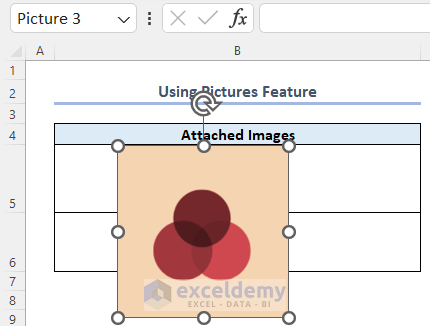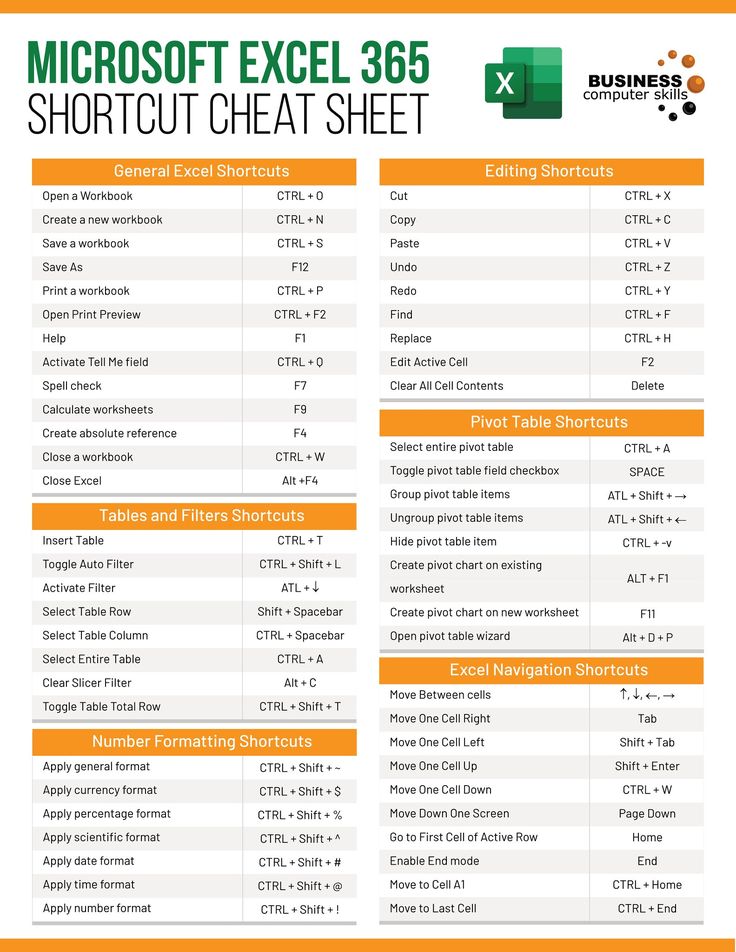Attach Excel Sheet Guide: Simplify Your Workflow

Working with spreadsheets, particularly Microsoft Excel, is a cornerstone skill for professionals across various industries. From managing financial data to tracking project progress, Excel's functionalities can streamline your workflow and enhance productivity. In this extensive guide, we'll explore how you can leverage Excel sheets to simplify your daily tasks, improve data analysis, and ensure efficient data management.
Mastering Basic Excel Functions
Before diving into complex formulas or advanced features, ensuring a strong foundation in Excel's basic functions is essential:
- Basic Navigation: Learn how to navigate the worksheet using the keyboard, selecting cells, rows, and columns effectively.
- Entering and Formatting Data: Familiarize yourself with entering different types of data, formatting cells, and understanding data types.
- Basic Formulas: Master simple formulas like
=SUM(),=AVERAGE(),=MIN(), and=MAX()which are fundamental for calculations.
📝 Note: Always ensure your Excel settings are updated for the most recent features.
Intermediate Excel Techniques

Once you’ve mastered the basics, delve into intermediate functionalities that significantly enhance your Excel workflow:
- Conditional Formatting: Use conditional formatting to visually highlight critical data or trends, making data analysis more intuitive.
- Data Validation: Implement data validation to control input, ensuring data integrity and reducing errors.
- Using Tables: Convert ranges into tables for easier data management, auto filters, and dynamic references.
| Feature | Description | Use Case |
|---|---|---|
| Conditional Formatting | Highlight cells based on their values or formulas | Quickly identify high or low values, track inventory, project status |
| Data Validation | Restrict what data can be entered in a cell | Ensure data consistency and accuracy, like dropdown lists for categories |
| Excel Tables | Organizes data into an easily manageable format | Dynamic data analysis, formatting, and automatic filtering |

Advanced Excel Features

Excel offers advanced tools for data manipulation and analysis. Here are some key features to master:
- Pivot Tables: Summarize, analyze, explore, and present your data dynamically.
- VLOOKUP/HLOOKUP: Essential for data retrieval from large datasets, though INDEX-MATCH is often more powerful.
- Macros: Automate repetitive tasks by recording sequences of commands or VBA programming.
- Data Analysis Tools: Utilize features like Goal Seek, Solver, and What-If Analysis for decision making.
Best Practices for Excel Sheet Management

To ensure your Excel sheets are organized and efficient:
- Structure Data Properly: Keep your data in a tabular format with headers to facilitate sorting, filtering, and creating pivot tables.
- Named Ranges: Define named ranges for cells or ranges that you frequently reference in formulas to make your formulas easier to read and manage.
- Version Control: Track changes or use cloud-based versions of Excel to maintain versions and work collaboratively.
In summary, Excel is more than just a spreadsheet application; it's a powerful tool that can revolutionize the way you work with data. By mastering Excel's basic, intermediate, and advanced functionalities, you can transform your workflow into a well-oiled machine, reducing errors, saving time, and allowing for more profound data insights. Keep practicing these techniques, and with time, Excel will become an indispensable part of your daily professional toolkit.
What are the benefits of using Excel for workflow management?

+
Excel helps in organizing data, performing complex calculations, automating tasks, and providing visual data analysis, making it an excellent tool for managing workflows efficiently.
Can I learn Excel by myself?

+
Yes, Excel’s interface is user-friendly, and there are many online resources, tutorials, and forums available to help you learn at your own pace.
How can I use Excel to work with others?

+
Excel Online and Google Sheets allow for real-time collaboration. You can also share files through cloud storage or email, ensuring everyone has access to the latest updates.